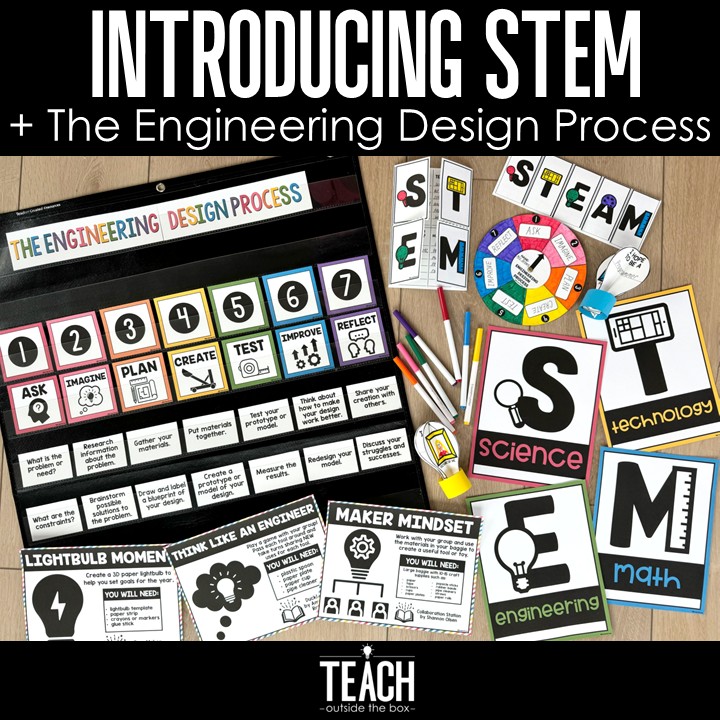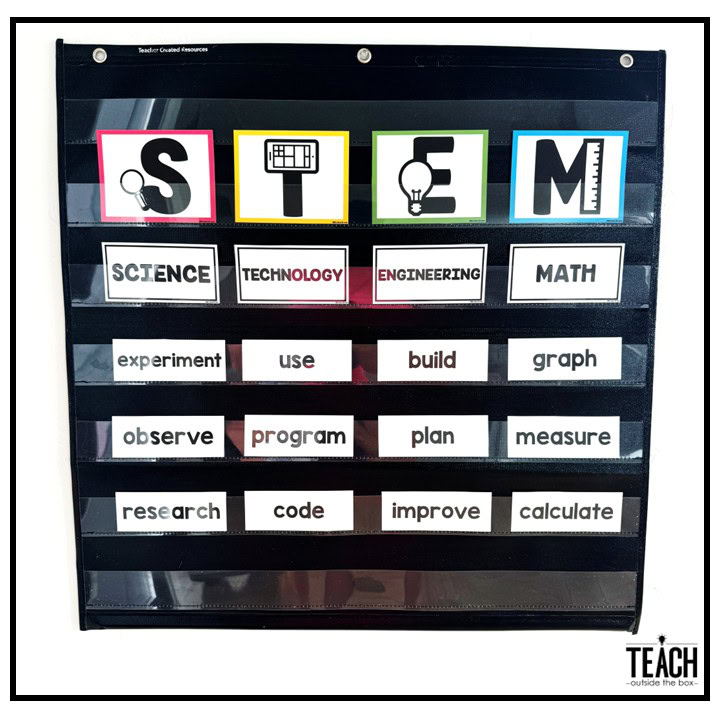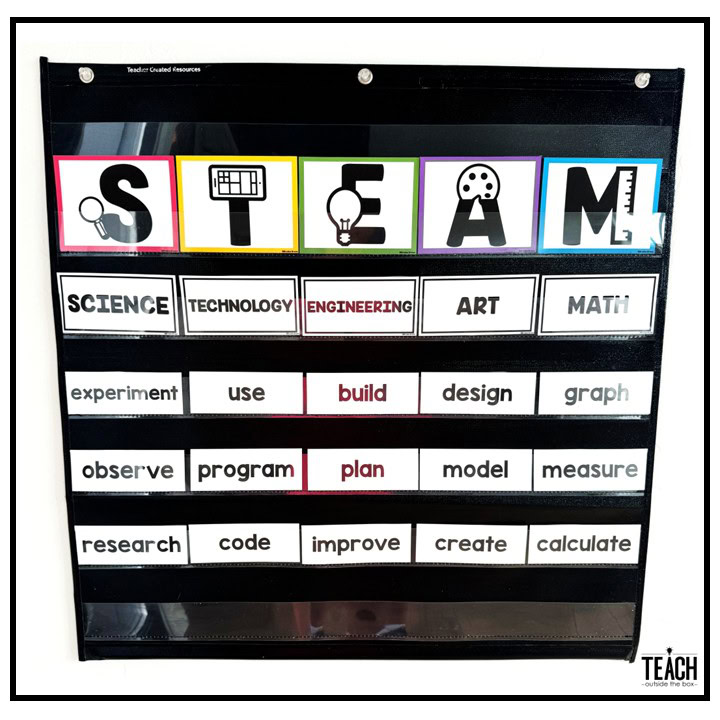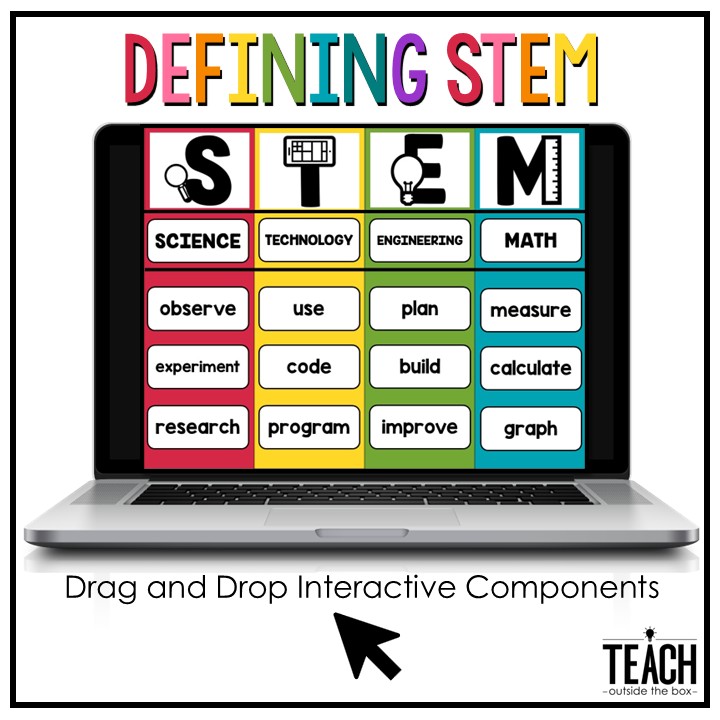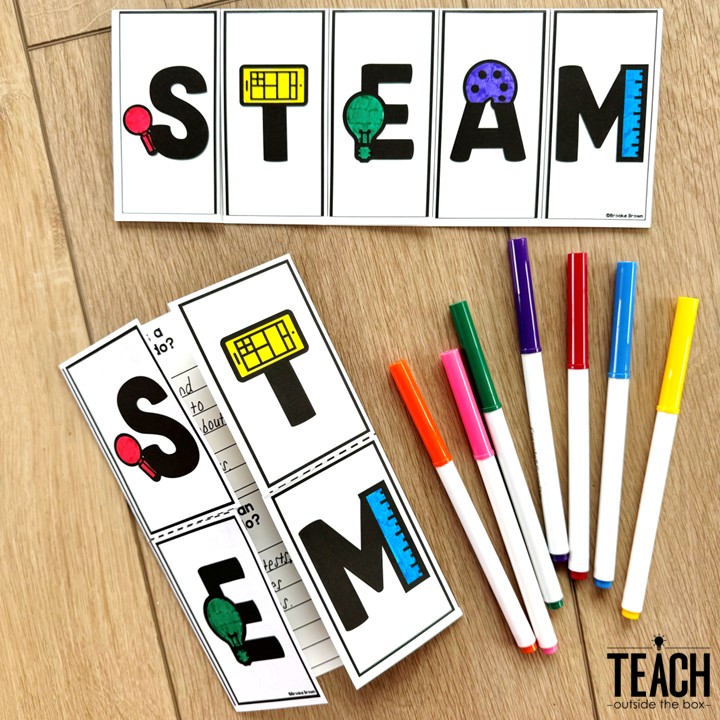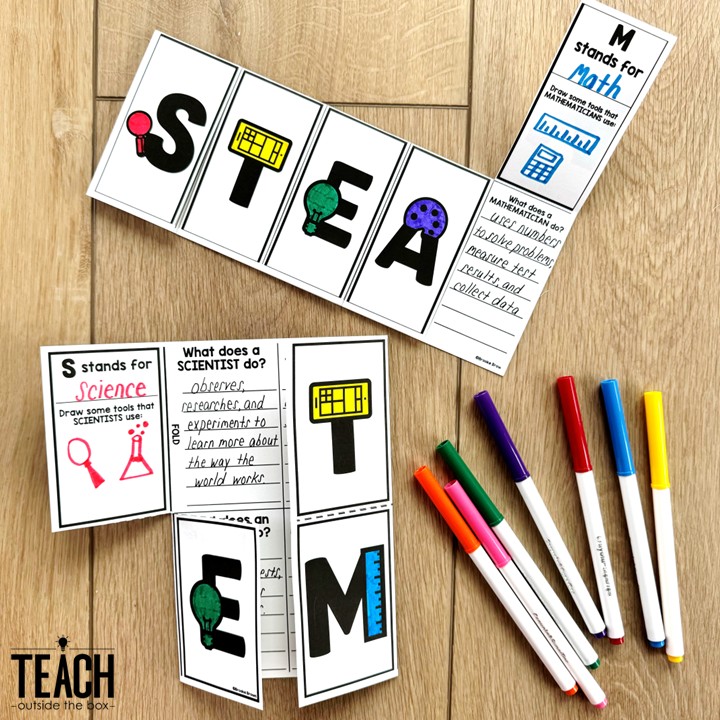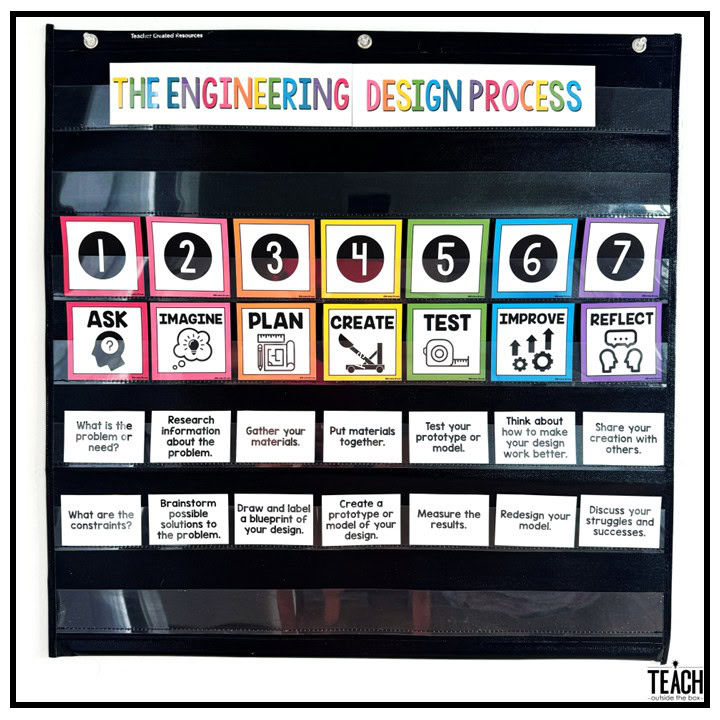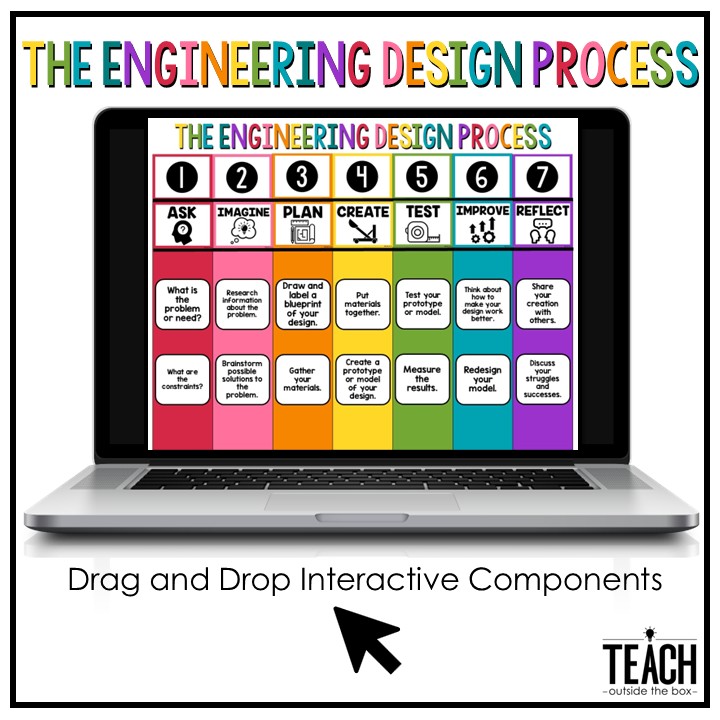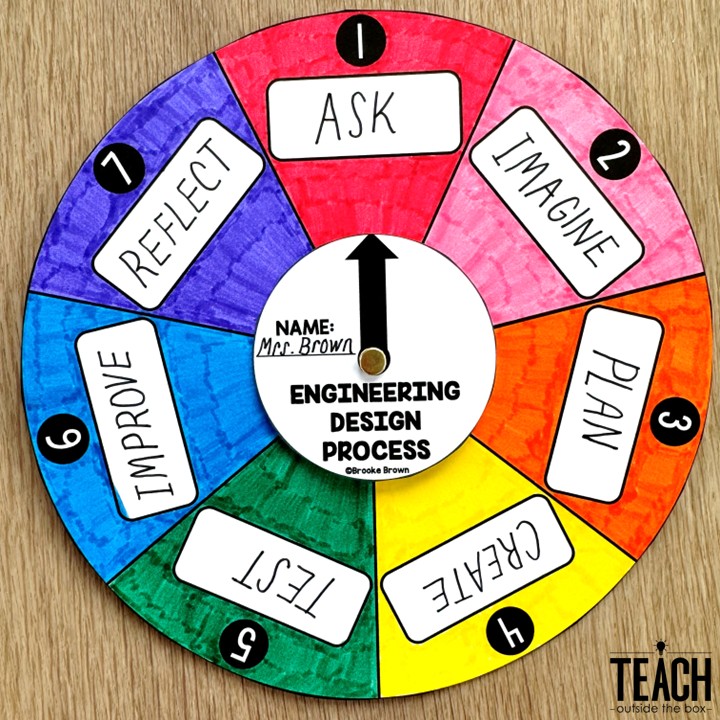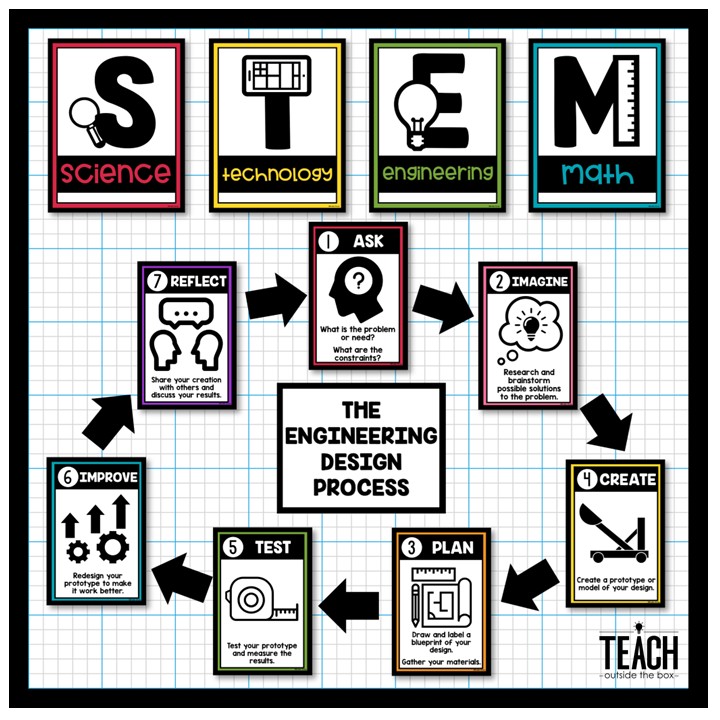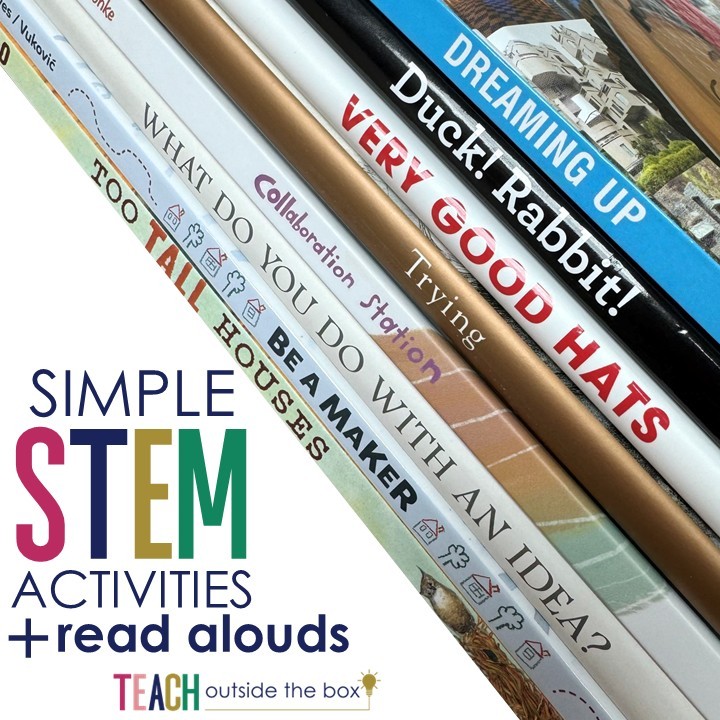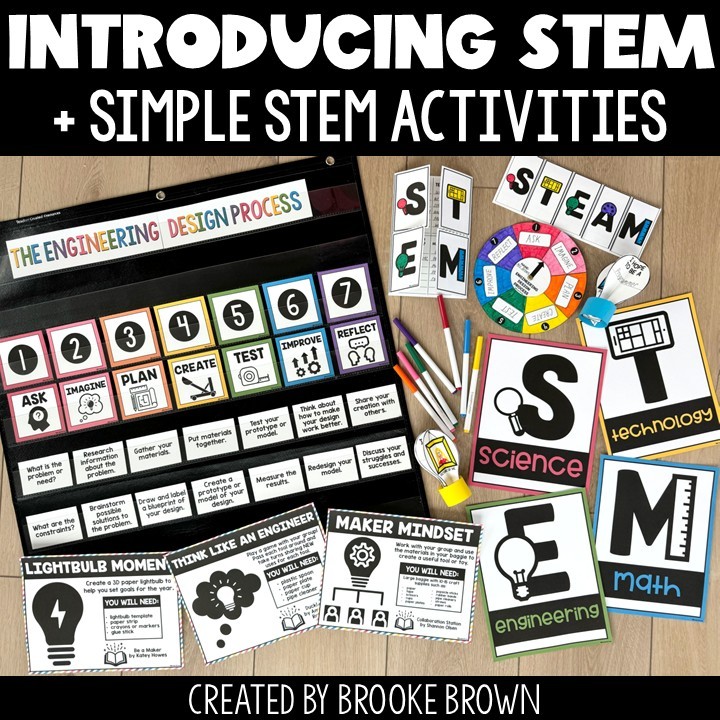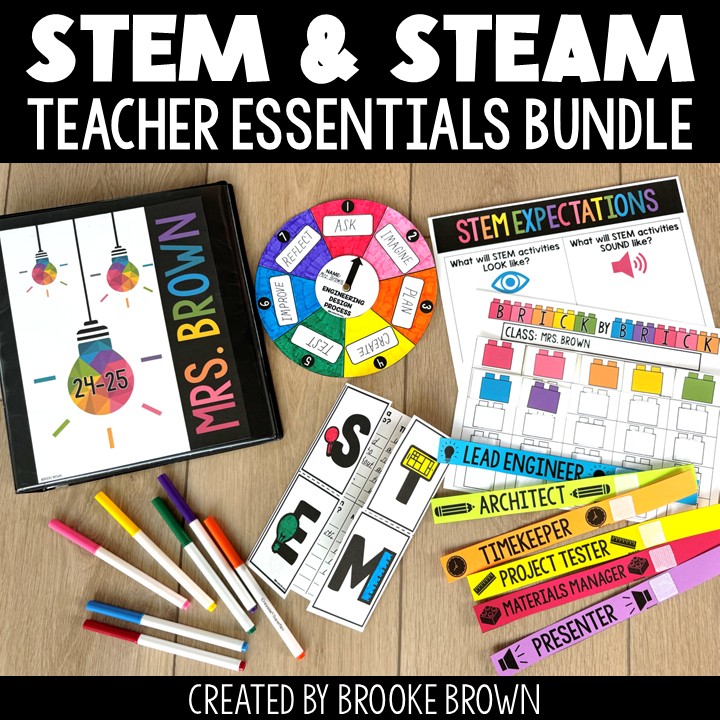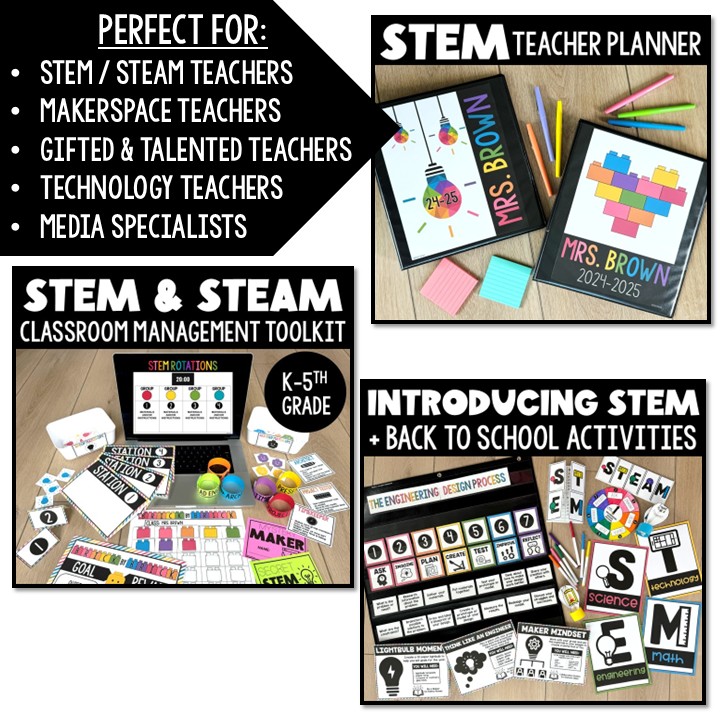Introducing STEM and the Engineering Design Process to Elementary Students
As the school year begins, it’s the perfect time to introduce your students to the exciting world of STEM and the Engineering Design Process! Whether you’re a seasoned STEM teacher or just getting started, engaging your students from day one sets the tone for a year full of creativity, collaboration, and critical thinking.
Starting the year with STEM activities helps students develop problem-solving skills, collaboration skills, and perseverance. These essential skills not only support success in science and math, but also help build a growth mindset across all subjects. Before diving in to that first exciting STEM challenge, it’s important for your students to become familiar with the meaning of STEM, as well how they will be navigating the steps of the Engineering Design Process.
STEM & Engineering Design Process Read Alouds
Here are a few of my favorite read alouds to help introduce your students to the basic concepts of STEM and STEAM. Each of these books encourages meaningful discussions about design thinking, testing and improving models, growth mindset, and more:
- Rosie Revere, Engineer
- Iggy Peck, Architect
- What Do You Do with a Problem?
- Jabari Tries
- The Most Magnificent Thing
- Made by Maxine
- Going Places
- Izzy Gizmo
STEM & Engineering Design Process Videos
These short YouTube video clips are another way to help your students grasp more complex concepts of engineering as it relates to the real world. I usually choose 1-2 videos to share with my whole class:
- What is STEM?
- What is an Engineer?
- Solve Problems: Be an Engineer
- Think Like an Engineer
- What’s an Engineer?
After sharing a read aloud and video clips, I use the following cards in a pocket chart to guide a discussion with my students about what the acronym “STEM” means. Students take turns sorting the action verbs into the subject area that best matches each action. See the example below:
Here is the same activity using the acronym for “STEAM.”:
This resource also includes a digital Google Slides version with interactive drag and drop components as shown below:
Next, my students use the following STEM or STEAM templates to create a flipbook. Students write the meaning of each acronym, what that person does, and draw pictures of tools the person might use in that role. For example, a scientist might observe, research, and experiment to learn more about the way the world works. Some tools that a scientist might use could be a microscope, beaker, or magnifying glass.
This activity can be simplified or modified to meet the developmental levels of your students. With my younger students, I typically model on the document camera and guide an interactive discussion as my students follow along.
See examples of flipbooks below:
Now, your students are ready to dive deeper! Use the following cards in a pocket chart to guide a discussion with students about each step of the Engineering Design Process. Have students sort the statements underneath each step.
This resource also includes a digital Google Slides version with interactive drag and drop components as shown below:
Your students can then create their own Engineering Design Process wheel! They can use this reference tool throughout the year as they navigate each step of the EDP.
In my classroom, we have a bulletin board to display STEM and the Engineering Design Process posters so that we can regularly refer to each step while we are completing STEM activities:
Now comes the FUN part! Once your students have grasped the concept of STEM and the Engineering Design Process, it’s time to begin your first STEM activities! The blog post below has 8 simple ideas for low prep STEM activities that are perfect to help your student ease into collaboration, design thinking, and creative engineering:
You can grab all of the resources shown above AND all 8 simple STEM activities in the pack below:
Also, make sure to check out my comprehensive BUNDLE of STEM Teacher Essentials with Back to School STEM Activities, STEM Teacher Planner, and Classroom Management Toolkit! It has everything a STEM teacher needs to get set up for success at the beginning of the school year!
If this post sparked your students’ curiosity about the wonders of STEM, keep the excitement going with “STEM and Read Aloud Activities“–engaging, hands-on ways to keep them learning and exploring!
